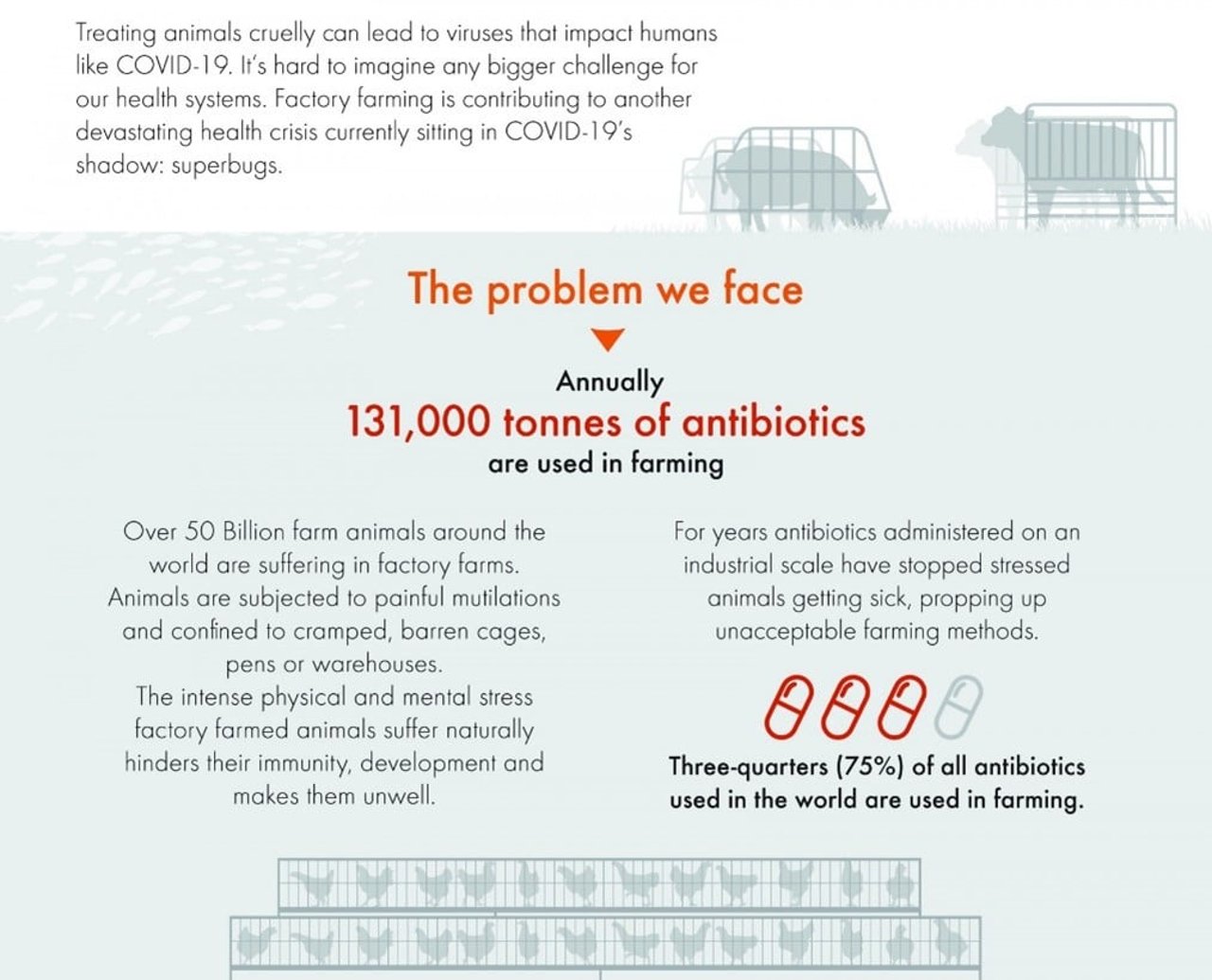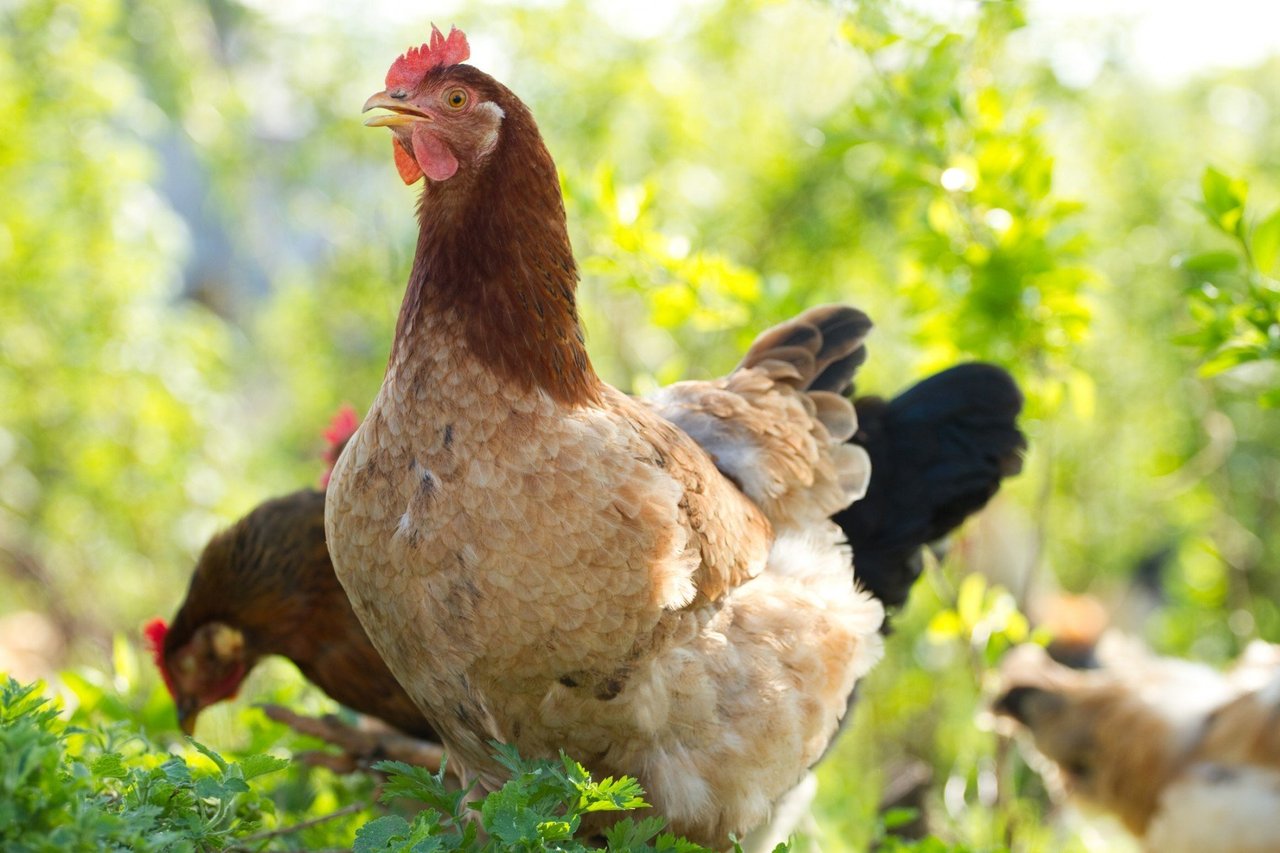
World Consumer Rights Day 2021: Antibiotic Resistance and Consumers
What is Antimicrobial Resistance?
The capacity of an organism to resist the killing effects of an antibiotic to which it was earlier susceptible.
Why is Antimicrobial Resistance Dangerous?
1) Impact on Healthcare Treatment
Antimicrobial Resistance (AMR) has emerged to become one of the biggest threats of the twenty-first century and is threatening all the healthcare achievements of the last few decades. Misuse of antibiotics is increasing mortality and morbidity associated with infectious diseases; and rapidly escalating the cost of medical care. The empty antimicrobial Research & Development pipeline is also a worrying factor for the international policy community.
2) Impact on Environment
Apart from the human health impact, AMR also has the potential to affect global food security, if left unchecked. Indiscriminate and unwarranted use of antibiotics in agriculture can also increase the antibiotic selection pressure in the environment, contributing to the overall AMR issue. Animals fed with large quantities of antimicrobials excrete them via urine and feces into the environment.
3) Impact on Farm Animals
Antibiotics are used routinely to prop up low welfare practices on factory farms. Their overuse contributes to the rapid rise and spread of bacteria resistant to medicines used to fight infections. Resistant bacteria—called “superbugs”—are carried off farms via water, air, workers, insects, wildlife, and meat, reaching humans and causing life-threatening illness.
For decades, intensive farms have relied on providing animals with continuous doses of antibiotics to maintain high densities and poor conditions in the barns. The intense stress and crowding would naturally hinder the animals’ growth and development and make them susceptible to disease and infection. Including regular doses of antibiotics in the feed and water for entire herds or flocks, in addition to injecting drugs at various stages throughout their development, is a low-cost way to keep the highly-stressed, immune-compromised animals alive and growing at a fast rate. In contrast, farmed animals with higher welfare conditions—including better housing and breeding—are healthier and more robust, meaning antibiotics don’t need to be given routinely.
Image caption: How tonnes of antibiotics are used in farming
Webinar conducted on World Consumer Rights Day with ReAct Asia Pacific
Besides being an issue associated with food production and animal welfare, antibiotic residues and resistant organisms in food is also a consumer rights issue. To commemorate the World Consumer Rights Day 2021, We organised a webinar with ReAct Asia Pacific on "Antimicrobial Resistance and Consumers" on 15th March 2021.
Image Caption: A glimpse from our webinar session
Panel discussions were conducted with eminent panelists on below topics:
- Antibiotic use in farming affecting consumer rights and animal welfare
- Challenges in quantifying and limiting antibiotic use in farming
- Certification and Labelling for antibiotic residues
How you can bring the change?
- We need to reignite the discussion around Antimicrobial Resistance and linkages with Farm animal welfare.
- We need to make visible the rising antimicrobial resistance issue and its interlinkages with other issues in the frame of Animals, People, and Planet.
Image Credit: Happy chicken by World Animal Protection
Do provide your feedback for the webinar here- https://forms.office.com/r/CRefVN8taP
Source:
Did you know that Roughly three-quarters of all antibiotics sold each year are marketed for use in farm animals rather than humans?


